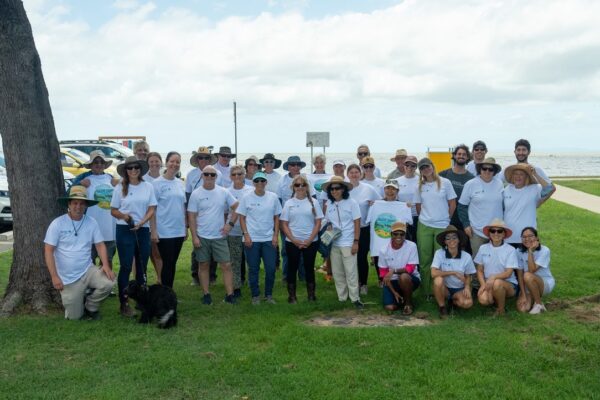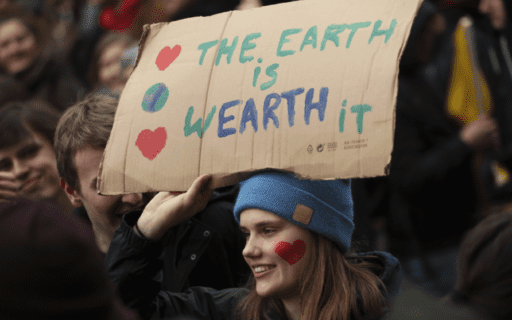Seas the Day in July – Choose your food wisely; Be a conscious consumer!
“How we eat determines to a considerable extent how the world is used.” –Wendell Berry
“Seas” the season by eating sustainably. Many goods are collected, packaged, and shipped differently, and those differences can make a tremendous change in how sustainable your diet is. Learn more about what you eat. Where your food comes from and how it is grown, raised, or caught affects the health and productivity of our ocean. Whether or not you eat seafood, you can do the ocean a favor by eating organic, local, and minimally processed foods. By eating foods from your community and region, you will help support local economies as well as reduce your carbon footprint. Each decision you make can contribute to helping ensure a healthy future.
Buy locally. The average plate of food has traveled an average of 1,500 miles. Buying local drastically cuts down on a large carbon footprint. Purchase what you can at a local farmer’s market and try to find local products. Eating locally farmed or fished foods dramatically reduces the greenhouse gas pollution caused by shipping food over long distances. This pollution is linked to global climate change, which damages important ocean habitats. As more and more people buy locally, your community will benefit not only economically, but your individual choice will be healthy for you and the environment.
Go organic. Organically produced food doesn’t use pesticides and chemical fertilizers like many conventionally grown foods do. These toxic chemicals end up not only in you and your family’s bodies, but also in the water that sustains our ocean planet. Try to substitute one organic item for one conventionally produced item each time you shop.
Know your seafood choices. When making seafood decisions there are key things to know when trying to eat sustainably. The species of fish, where it comes from, and how it was caught or farmed all play a role in how sustainable the product is. Join the growing number of consumers who are helping turn the tide by choosing seafood species being fished or farmed without harm to the surrounding environment. Do a little research before you buy and don’t be shy to ask. Also watch out for toxins such as mercury in seafood, especially when feeding children. Download one of several simple online pocket guides/smartphone app to start making “ocean-friendly” choices.
Share this food for thought with others. Host a community get-together and have each person bring a dish that is locally or organically produced. Be sure to serve some sustainable seafood. Each small step you take does help the ocean, and each person you inspire to act magnifies your positive impact.



